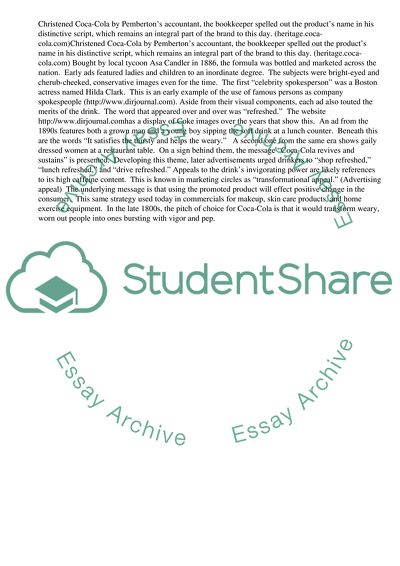Cite this document
(“Coca-Cola and the Evolution of Advertising Research Paper”, n.d.)
Coca-Cola and the Evolution of Advertising Research Paper. Retrieved from https://studentshare.org/business/1754761-advertising-comp-ii
Coca-Cola and the Evolution of Advertising Research Paper. Retrieved from https://studentshare.org/business/1754761-advertising-comp-ii
(Coca-Cola and the Evolution of Advertising Research Paper)
Coca-Cola and the Evolution of Advertising Research Paper. https://studentshare.org/business/1754761-advertising-comp-ii.
Coca-Cola and the Evolution of Advertising Research Paper. https://studentshare.org/business/1754761-advertising-comp-ii.
“Coca-Cola and the Evolution of Advertising Research Paper”, n.d. https://studentshare.org/business/1754761-advertising-comp-ii.


